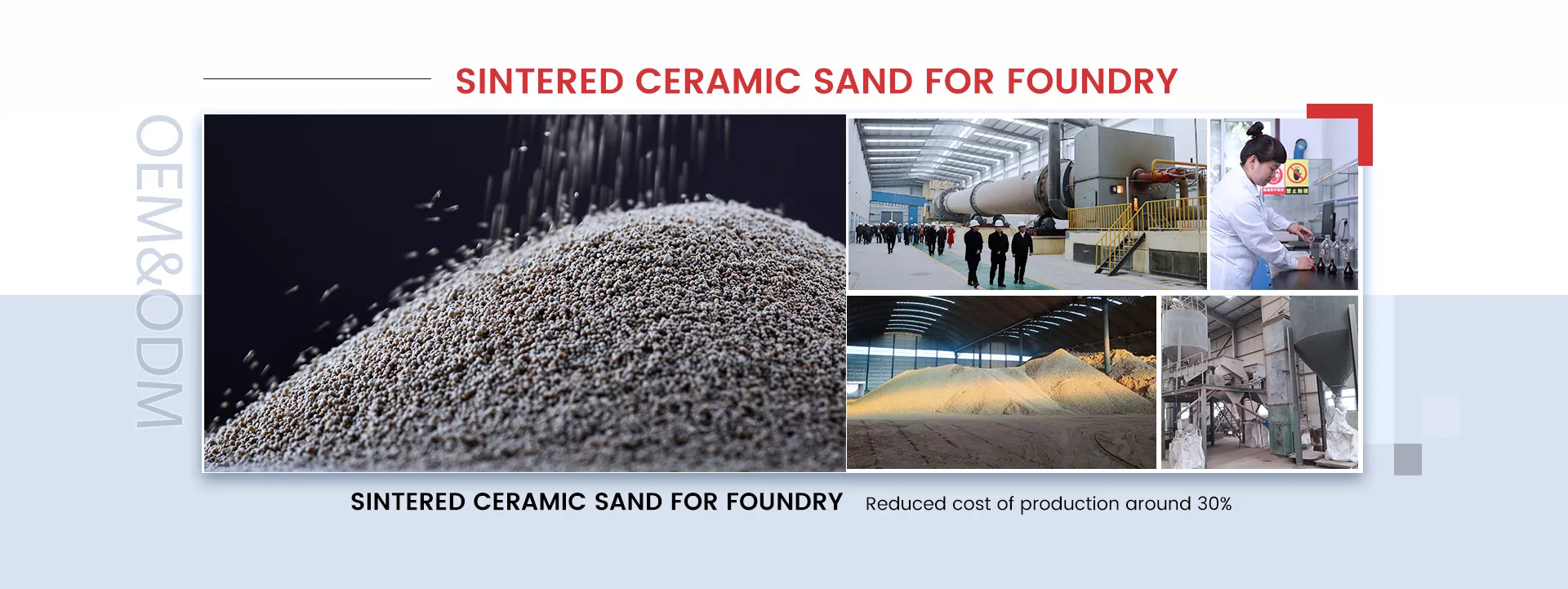Understanding Fine Casting Sand A Crucial Component in Metal Casting
Fine casting sand is a fundamental material in the metal casting industry, playing a pivotal role in the creation of high-quality cast products. This specialized sand, known for its fine particle size, is a vital component in molding and core-making processes, enabling the production of intricate metal parts with excellent surface finish and dimensional accuracy.
What is Fine Casting Sand?
Fine casting sand is a blend of silica sand and other materials, engineered to possess specific physical and chemical properties suitable for casting processes. The sand grains are typically smaller than conventional sand, making it ideal for creating fine details and complex geometries in molds. The size and shape of the grains also contribute to the sand's ability to compact effectively and form stable molds under pressure.
Composition and Properties
The primary component of fine casting sand is silica dioxide (SiO2), which accounts for a significant portion of its composition. This high purity silica content is crucial because it offers excellent thermal stability, allowing the sand to withstand the high temperatures encountered during metal pouring. Additionally, fine casting sand is often mixed with various additives such as clay, bentonite, or resin. These additives enhance the sand's binding properties, improve strength, and reduce permeability, resulting in molds that can maintain their shape and integrity during the casting process.
The ideal properties of fine casting sand include
- Fine Particle Size This allows for greater detail in the mold and helps achieve a smoother surface finish on the cast product. - Thermal Conductivity High thermal conductivity helps prevent defects such as burns or dross formation during the metal solidification process. - Chemical Stability It is vital for the sand to be chemically inert, ensuring no unwanted reactions occur with the molten metal. - Reusability Fine casting sand should have the ability to be reclaimed and reused multiple times without significant degradation in quality.
fine casting sand

Advantages of Fine Casting Sand
One of the most significant advantages of using fine casting sand is the ability to produce intricate designs with excellent dimensional accuracy. This is particularly important in industries where precision is critical, such as aerospace and automotive manufacturing. The fine texture of the sand contributes to a superior surface finish, minimizing the need for extensive post-casting machining.
Furthermore, fine casting sand has excellent adaptability for different metal types, including aluminum, bronze, and iron, making it a versatile choice for a wide range of applications. Its compatibility with various binding agents allows foundries to tailor the sand mixture to meet specific casting requirements, enhancing the overall quality and performance of the cast products.
Challenges and Solutions
Despite its many benefits, fine casting sand also presents some challenges. One of the primary issues is its susceptibility to moisture, which can lead to defects such as sand fusion or blowholes in the final product. To mitigate this, foundries often employ drying techniques and maintain strict humidity controls in their sand preparation areas.
Another concern is environmental impact. The extraction and use of silica sand can be detrimental to the environment if not managed responsibly. Many foundries are now exploring eco-friendly alternatives and sustainable practices to source and utilize casting sand, ensuring that the environmental footprint is minimized while maintaining quality in the casting process.
Conclusion
In conclusion, fine casting sand is an essential material in the metal casting industry, known for its fine particle size and specific properties that contribute to high-quality cast products. As the industry continues to evolve, the demand for innovative solutions and sustainable practices in the use of fine casting sand will likely drive further advancements, ensuring that it remains a cornerstone of metal casting for years to come.
Post time:Aug . 12, 2024 16:32
Next:Key Distinctions Between Sand Casting and Investment Casting Techniques in Metal Fabrication
